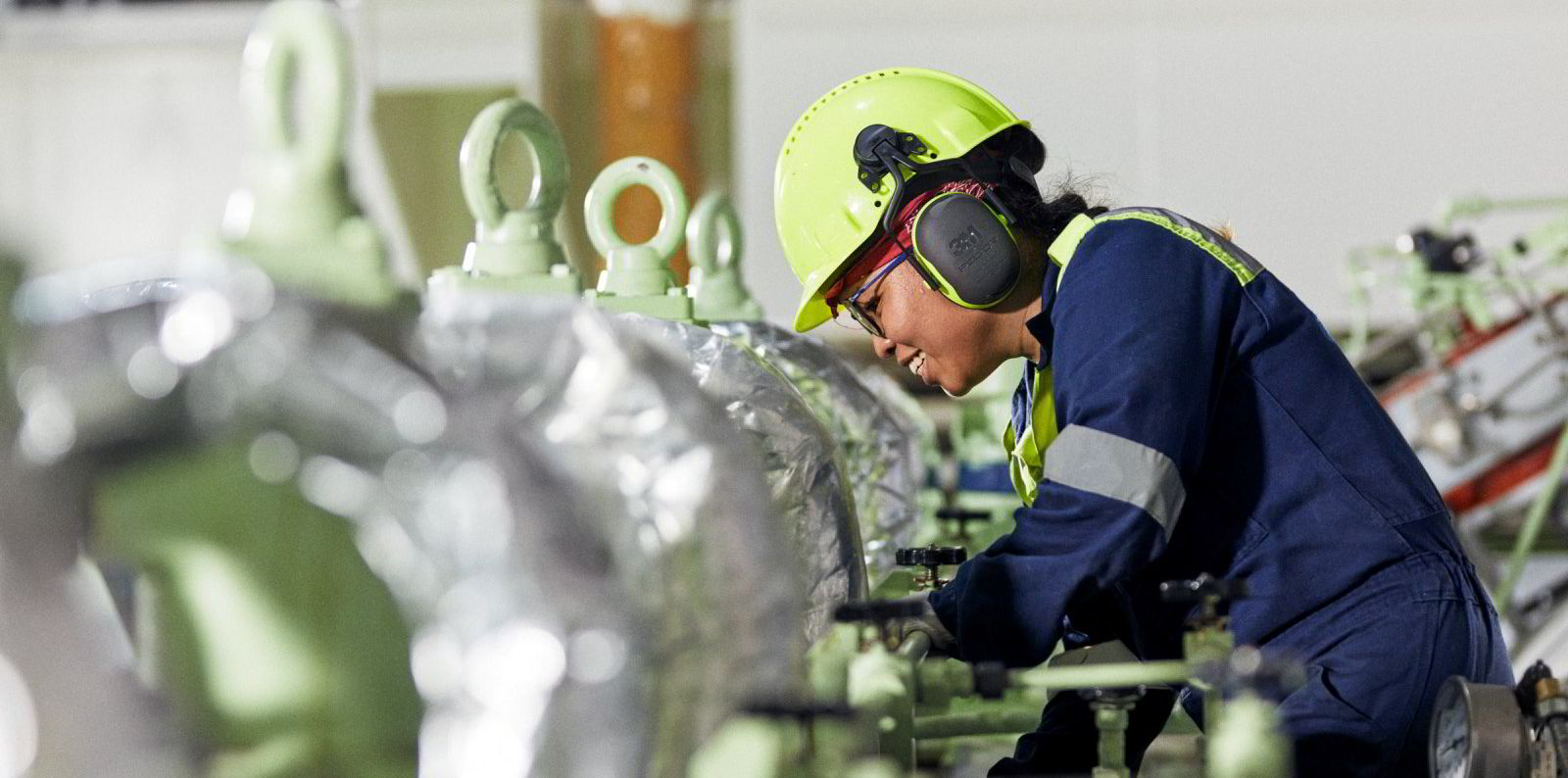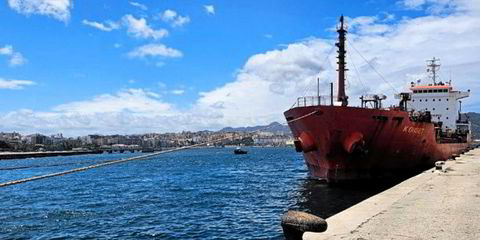The new era of marine fuels will impose new demands on engine lubrication oil — and the consequences of getting it wrong could prove costly.
Lubricants have a key role to play in shipping’s green transition by making engines run more efficiently, as well as more safely.

This story is part of a series of articles looking at the future of fuels in shipping.
Click here to read the full report
Lubrication failure is still the most common cause of damage to the ship’s main engine and has been for many years, protection and indemnity insurer the Swedish Club told TradeWinds.
The average claim cost for a lubrication failure is $560,000, the club said.
It estimates that lubrication failures have cost its members around $43.2m since 2018, the biggest proportion of engine damage claims by value.
Many claims stem from the contamination of engine lubricants, commonly caused by abrasive particles that wear and damage cylinder components. But with certain alternative marine fuels — namely ammonia, which is toxic — the concern is that the fuel itself will be the contaminant.
Typically, conventional lubricants will be contaminated by fuel oil and will leak into the bilge tanks, before being separated out with oily water separators.
Ammonia’s toxicity means it cannot be allowed to mix with lubes that might find their way into bilge water, necessitating an independent fuel preparation bilge system and a need for robust components like gaskets.
It also means bilge water cannot be discharged at sea from ammonia-fuelled vessels, but must be stored in independent holding or drain tanks and later discharged onshore.
Dual-fuel engines have for many years required two kinds of lubricant, appropriate to each fuel type. Major lubricant manufacturers have responded by developing more versatile, one-size-fits-all lubes.
Adapting to IMO 2020
Since the IMO 2020 cap on fuel sulphur content was enacted three years ago, most lube oil producers have upgraded their supply chain to meet the need for increased detergency, Fredrik Stubner, CEO of methanol fuelling consultancy Green Marine Engineering in Denmark, told TradeWinds.
This makes the lubrication of methanol-fuelled engines quite simple because it functions much like regular low sulphur marine fuel.
“Today, methanol dual-fuel two-stroke engines are recommended to use Category II 40 BN cylinder oils,” Stubner said.
“It should, however, be noted that although you follow the engine maker’s lube oil recommendations, it is vital your crew on board follow best practice. You need to establish proper procedures on board to monitor your cylinder condition.”




